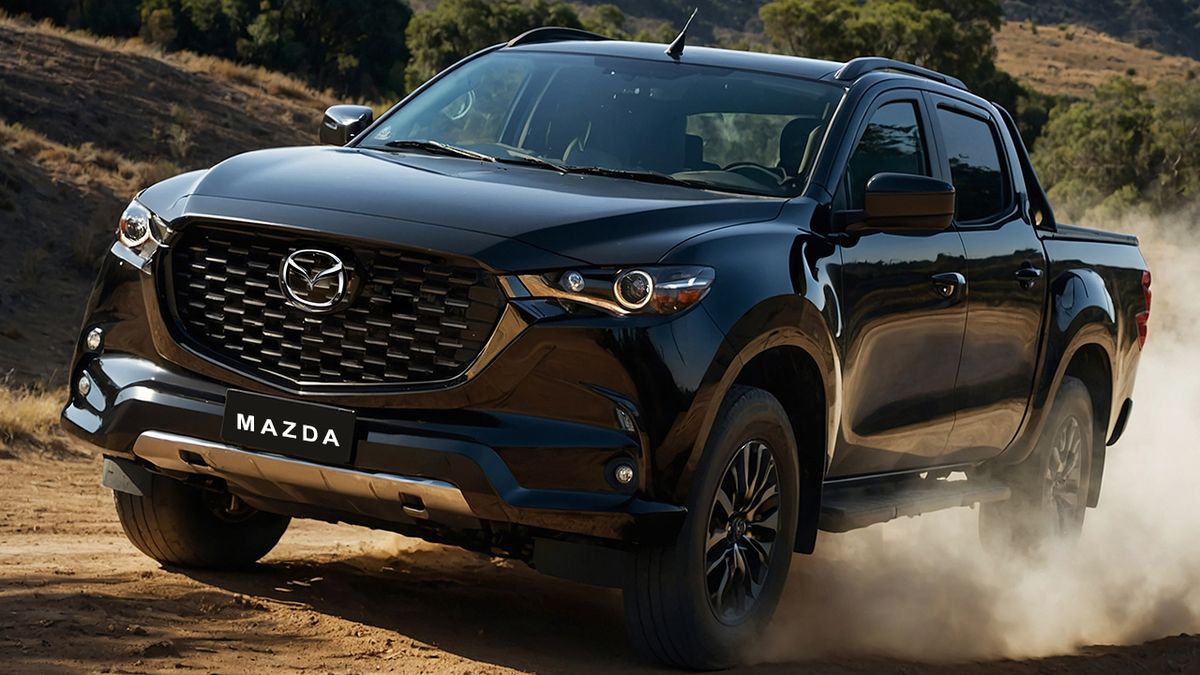Mazda has long been recognized for blending driving excitement with practical design and engineering finesse. From its early days as a niche Japanese automaker to becoming a global favorite, Mazda has carved out a reputation for producing cars that punch above their weight.
While some models are applauded for their longevity and engine resilience, others haven’t lived up to the same standards.
Reliability is a critical factor when purchasing a vehicle, and engine endurance plays a huge role in defining that trust. Mazda engines are generally well-regarded for their performance and durability, but like every manufacturer, not every model is a mechanical masterpiece.
Some have stood the test of time, routinely surpassing 200,000 miles with minimal issues. Others, however, have faced widespread complaints for premature failures, expensive repairs, and chronic engine troubles.
In this blog, we spotlight 5 Mazdas known for engine endurance—vehicles that continue to perform mile after mile—and contrast them with 5 that tend to fail fast, leaving their owners frustrated and stranded.
If you’re a Mazda enthusiast, prospective buyer, or just curious about automotive dependability, this breakdown will give you insight into which Mazdas are worth investing in and which are better left in the past.
5 Mazdas Known for Engine Endurance
These Mazda models consistently deliver strong, reliable engine performance and are known to last well beyond expectations.
ALSO READ: 5 Vehicles With Best Regenerative Braking And 5 Clunky Regen
1. Mazda MX-5 Miata (NA & NB Generations) – The Timeless Performer
The Mazda MX-5 Miata, especially the NA (1990–1997) and NB (1999–2005) generations, is a textbook example of engine endurance done right.
Equipped with Mazda’s bulletproof 1.6L and later 1.8L inline-four engines, these roadsters have achieved legendary status in both reliability and fun factor.

Owners frequently report Miatas passing the 250,000-mile mark with only routine maintenance. The engines are simple, naturally aspirated, and easy to work on—features that contribute to their long lifespan.
The NA Miata’s 1.6L B6 engine, for instance, is known to tolerate wear exceptionally well, with very few reports of major internal failures.
Another major factor behind its durability is the car’s overall lightweight design, which puts less strain on the engine and supporting components.
Enthusiasts praise the MX-5’s engine not just for its longevity but for its willingness to rev and deliver consistent performance over the decades.
Even heavily modified Miatas often retain their factory engines, which speaks volumes about the powertrain’s toughness. Whether used for daily commuting or weekend track days, the Miata’s engine holds up.
Regular oil changes, timing belt replacements, and basic upkeep are generally all it takes to keep these cars going strong well into high-mileage territory.
2. Mazda3 (2004–2009) – The Reliable All-Rounder
The first-generation Mazda3, introduced in 2004, brought spirited handling and reliable engine options to the compact segment. Powered by either a 2.0L or a 2.3L inline-four engine, this model proved that economy cars don’t have to compromise on durability.
The 2.0L MZR engine, in particular, earned a reputation for being nearly indestructible when properly maintained.
Many Mazda3 owners report reaching and surpassing 200,000 miles with minimal engine issues. This engine’s strength lies in its simplicity, good thermal management, and relatively low internal stress.
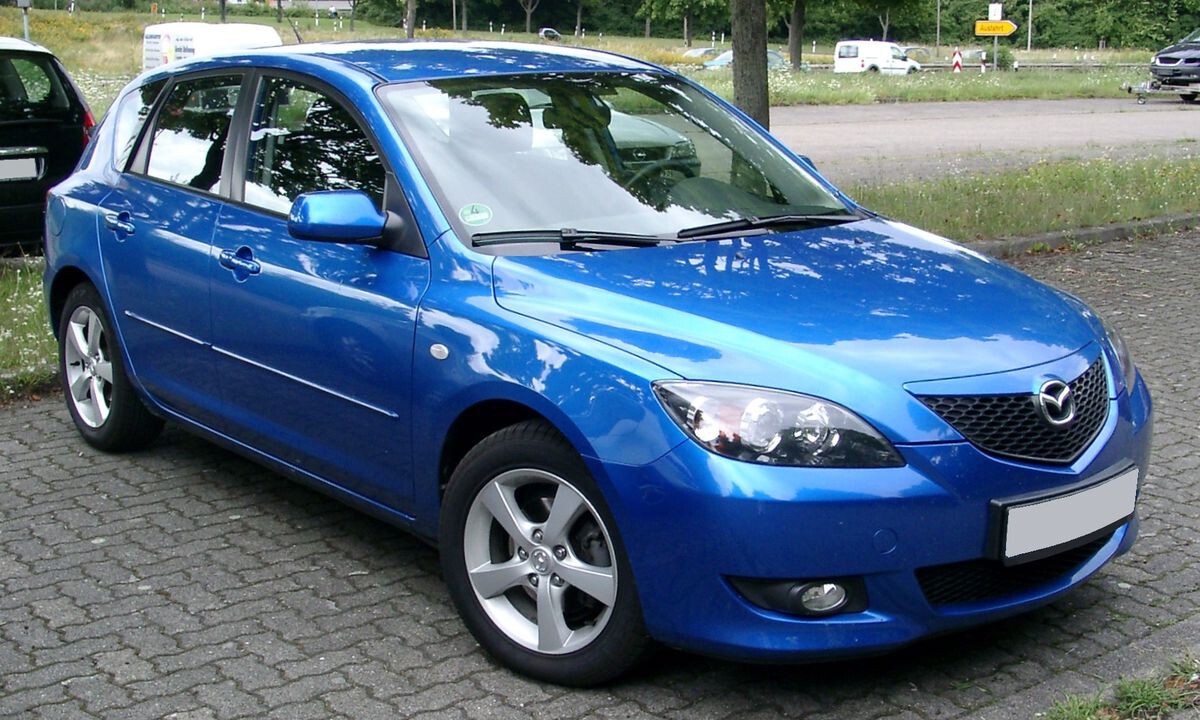
Additionally, Mazda engineers worked closely with Ford (during their brief partnership) in developing shared architecture, and it surprisingly resulted in one of Mazda’s most reliable platforms.
These engines handled poor maintenance better than expected, and when well cared for, they offered longevity rivaling their Toyota and Honda counterparts.
Its solid fuel economy, engaging drive, and low maintenance costs made the first-gen Mazda3 a favorite among young drivers, families, and daily commuters. Even in used car markets today, a clean, high-mileage Mazda3 from this generation still fetches respect for its resilience.
For anyone seeking a dependable, affordable compact car with an engine that just won’t quit, the 2004–2009 Mazda3 remains a standout choice.
3. Mazda6 (2014–2021) – The SkyActiv Success Story
The third-generation Mazda6 represents a significant leap forward in engine endurance thanks to Mazda’s innovative SkyActiv technology. Launched in 2014, this model came equipped with a 2.5L SkyActiv-G inline-four engine that emphasized fuel efficiency without sacrificing reliability.
SkyActiv engines were built with a high compression ratio and precision engineering aimed at reducing engine stress.
An engine that not only performs well but lasts long. Drivers commonly report their Mazda6 running strong past 200,000 miles with few, if any, major engine repairs.
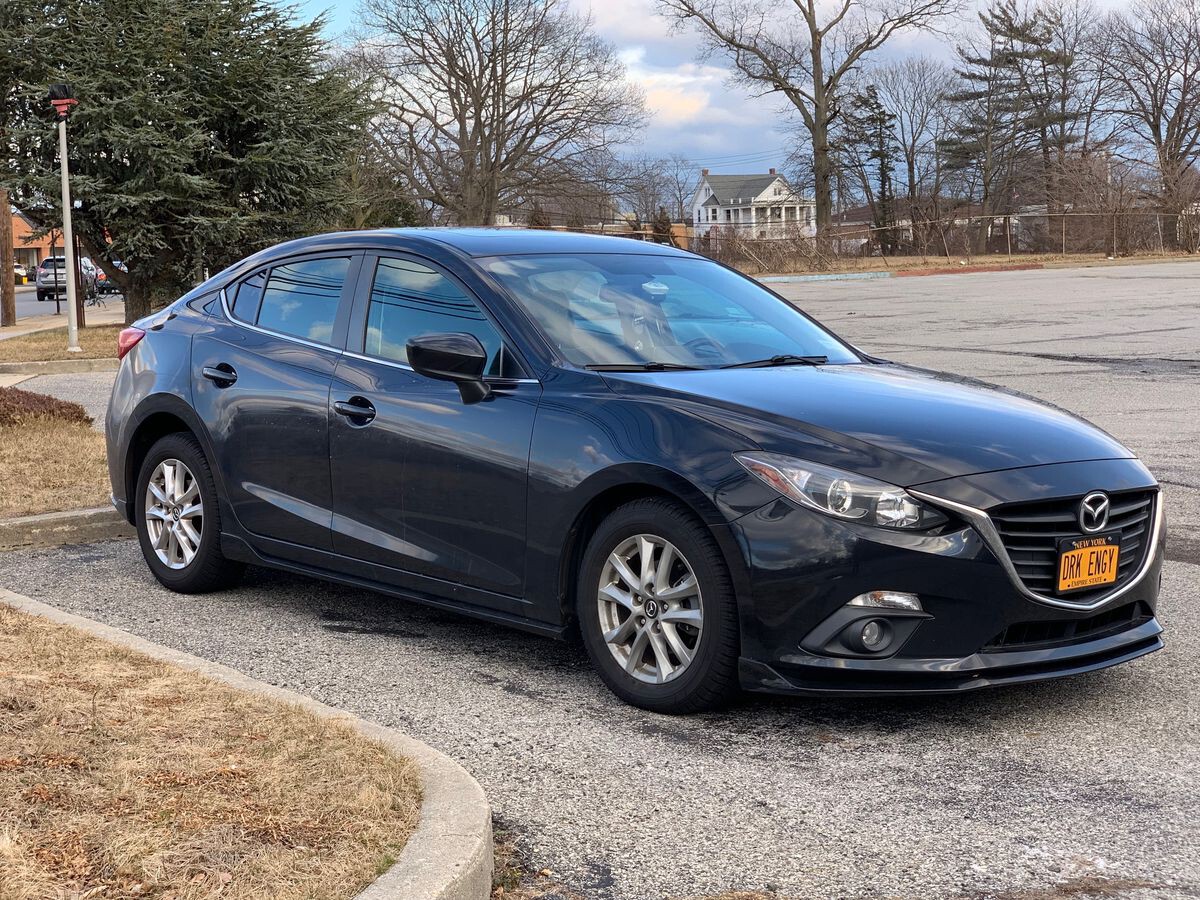
Another strength of the SkyActiv engine is its clean-burning nature, which prevents excessive carbon buildup—a common issue in direct-injection engines. Plus, the timing chain design eliminates the need for costly timing belt replacements.
The engine is responsive yet refined, and thanks to excellent thermal efficiency, it operates at cooler temperatures, helping to reduce wear over time. Mazda6 owners appreciate not just the longevity, but the overall driving experience: smooth, quiet, and confidence-inspiring.
This sedan proves that midsize doesn’t mean mediocre. The third-gen Mazda6 combines premium design, athletic performance, and robust engine reliability, making it a favorite among commuters and long-distance drivers who value peace of mind and mechanical consistency.
4. Mazda CX-5 (2013–2016) – A Dependable Compact SUV
The early Mazda CX-5 models, especially between 2013 and 2016, have proven themselves to be robust and reliable, particularly when equipped with the 2.0L and 2.5L SkyActiv-G engines. These engines offered a perfect balance of efficiency, performance, and endurance.
This compact SUV was Mazda’s first full implementation of its SkyActiv platform, and it did not disappoint. The naturally aspirated engines are known for handling high mileage with grace.
Routine maintenance such as oil changes and air filter replacements are generally all that’s required to keep the engine humming for years.
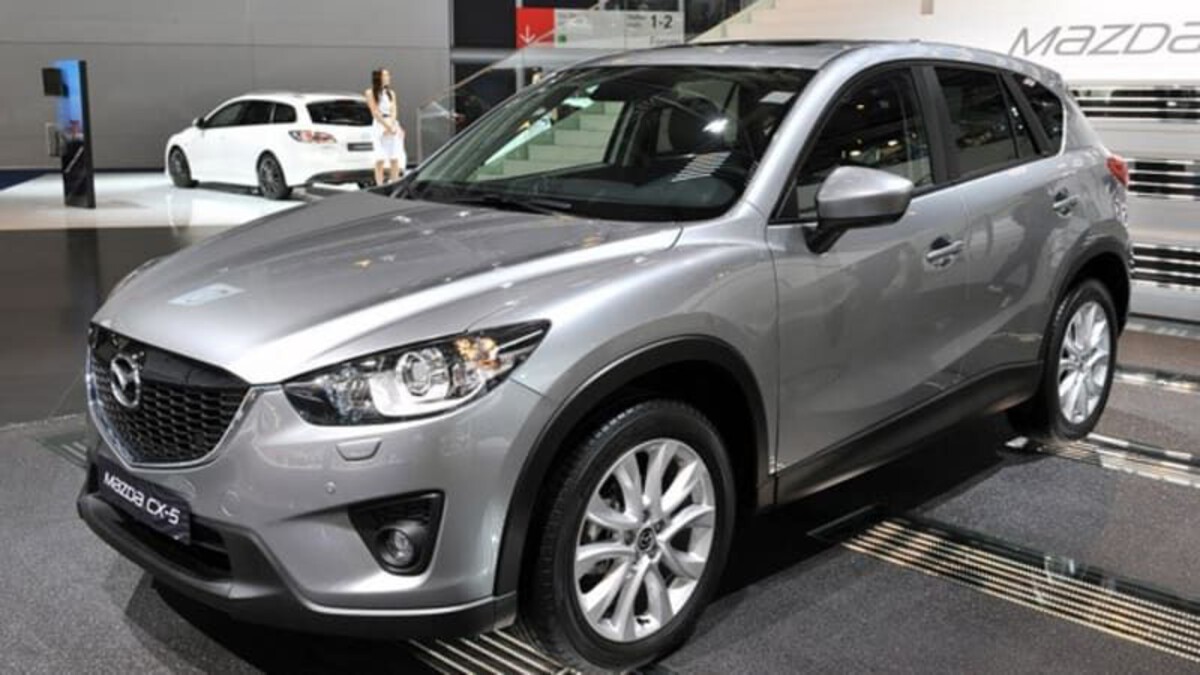
Many owners have documented their CX-5s surpassing 200,000 miles without any significant engine troubles. Additionally, the engine bay layout allows for easy servicing—something that not only lowers maintenance costs but also helps prevent neglect-related failures.
The CX-5’s powertrain is mated to a smooth-shifting six-speed automatic that complements the engine’s reliability. Whether in urban traffic or highway cruises, the engine remains quiet, responsive, and surprisingly durable for a relatively light crossover.
For those wanting a family-friendly, fuel-efficient SUV that won’t surprise them with unexpected breakdowns, the early CX-5 is a reliable workhorse that continues to prove Mazda’s engineering excellence.
5. Mazda B-Series Trucks (1994–2009) – Old-School Durability
Though often overshadowed by the Ford Ranger (with which it shares many components), the Mazda B-Series pickup trucks from the mid-1990s to late 2000s are among the most durable vehicles the brand ever produced.
The most enduring engines in this series include the 2.3L and 2.5L Ford-sourced Duratec inline fours.
These trucks were simple, rugged, and dependable. Owners of the B2300 and B2500 variants often report engine longevity well past 250,000 miles.
The key to their resilience lies in their mechanical simplicity—no turbochargers, no direct injection, and very few high-tech components that can fail over time.
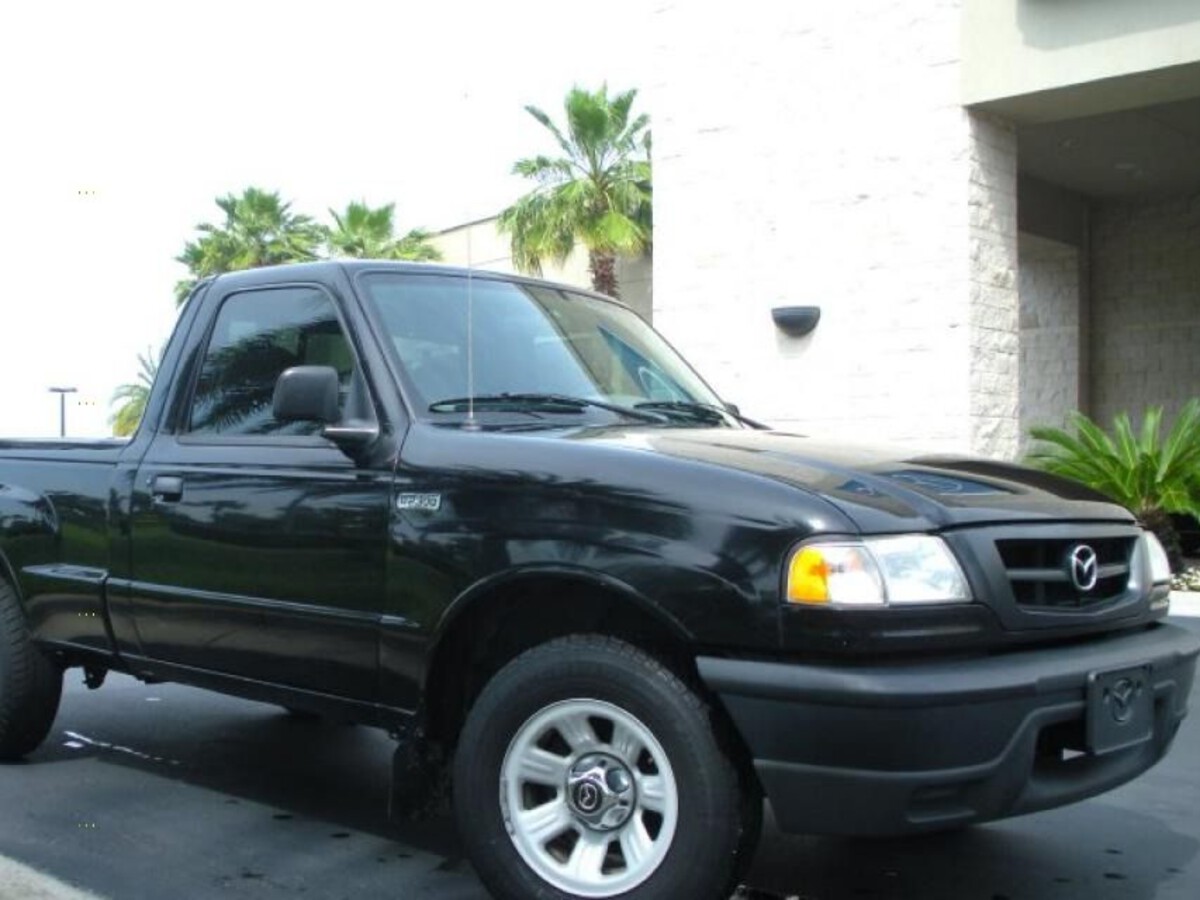
These engines are known to take abuse well, whether used for work, off-roading, or hauling. Maintenance is straightforward, parts are widely available (thanks to parts compatibility with Ford), and they’re forgiving of missed oil changes or rough driving conditions.
While the cabin and body design may feel dated, the engines continue to serve reliably, especially when regularly serviced. The B-Series is a hidden gem for anyone looking for an old-school pickup that just keeps going.
If you’re in the market for a used truck that’s simple, affordable, and built to last, the Mazda B-Series is a nostalgic but solid bet.
5 Mazdas That Fail Fast
While many Mazdas boast long-lasting engines, these models are often criticized for early failures and expensive mechanical issues.
ALSO READ: 5 Trucks With Highest Highway Cruise MPG And 5 With Lowest
1. Mazda RX-8 (2004–2011) – The Rotary Heartbreaker
The Mazda RX-8 was an ambitious sports car powered by the high-revving 1.3L Renesis rotary engine. Unfortunately, it’s widely known for being one of Mazda’s least reliable powerplants.
Despite its uniqueness, the RX-8’s engine had serious issues with carbon buildup, apex seal wear, and oil consumption.
Many owners reported engine failure before 100,000 miles—sometimes as early as 50,000. Cold-start flooding was also a common problem, often requiring dealership service just to get the car running again.
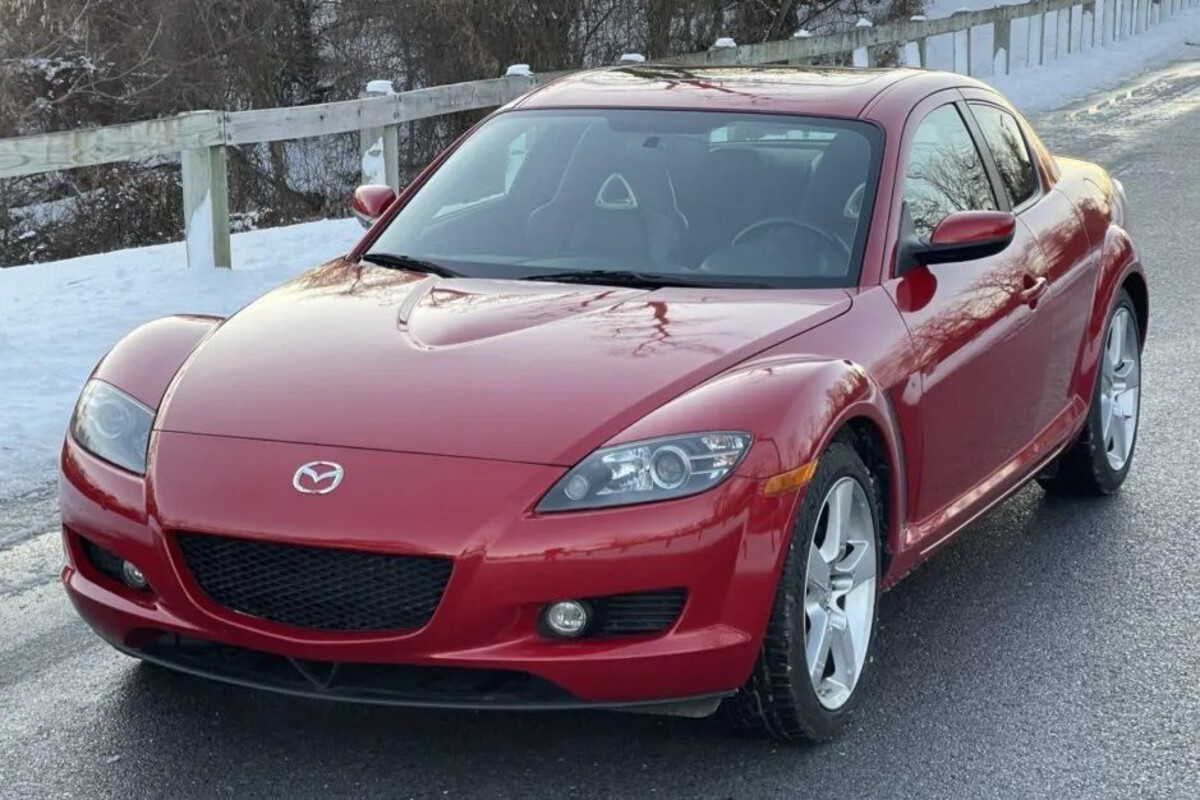
The Renesis engine demanded near-obsessive maintenance: frequent oil top-offs, special premix requirements, and strict adherence to warm-up procedures. Even with all this care, the longevity of the rotary engine often fell short.
While thrilling to drive and beautiful to look at, the RX-8 became infamous for being costly to maintain and unreliable over time. The rotary’s quirks, combined with a lack of durability, make it a risky used buy unless the previous owner was an enthusiast with a meticulous maintenance log.
Ultimately, the RX-8 is a cautionary tale: innovation doesn’t always translate to endurance. Despite its potential, it failed to deliver the lasting reliability most consumers expect from a performance car.
2. Mazda CX-7 (2007–2012) – A Turbocharged Trouble Magnet
The Mazda CX-7 was one of the brand’s early attempts at a sporty crossover, featuring a turbocharged 2.3L DISI (Direct Injection Spark Ignition) engine.
While the concept was promising—blending SUV practicality with turbocharged performance—the reality proved disappointing for many owners.
This engine was plagued by premature failure due to a variety of issues: high oil consumption, turbocharger failure, and sludge buildup.
One of the main culprits was poor PCV system design, which caused oil to cake up in the intake and turbo components, leading to reduced performance and eventual breakdowns.
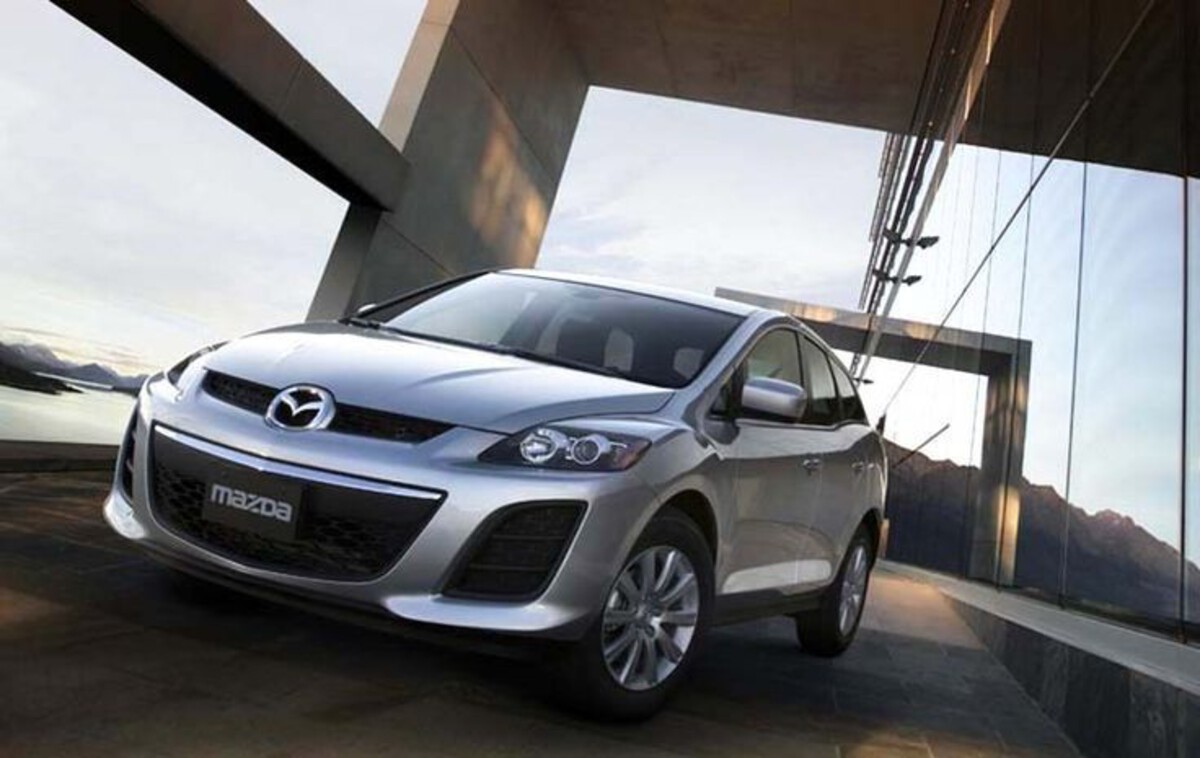
Adding insult to injury, Mazda did not clearly communicate how demanding the maintenance schedule was for the CX-7’s turbo engine.
Many owners, unaware of the oil change frequency requirements, found themselves dealing with catastrophic engine damage due to oil starvation or sludge-clogged passages.
Additionally, timing chain tensioner issues were common, often leading to noisy operation or engine damage if not caught early. Repairs were expensive, and resale value took a significant hit because of these engine concerns.
Though the CX-7 handled well and offered decent interior features, its long-term dependability was severely undercut by the unreliable turbo engine. It’s a cautionary model for those considering older turbocharged Mazdas without full maintenance histories.
3. Mazda Tribute V6 (2001–2006) – Reliability Dragged Down by Ford
The Mazda Tribute, Mazda’s rebadged version of the Ford Escape, borrowed heavily from its partner’s engineering, including the 3.0L Duratec V6 engine.
While Ford’s version saw some refinement over time, the early Tributes were saddled with serious reliability issues that significantly shortened engine life.
One of the most common problems with this engine was coil pack failure, which led to misfires, rough idling, and reduced power. These misfires often damaged the catalytic converters, which, in turn, caused severe engine damage if left unresolved.
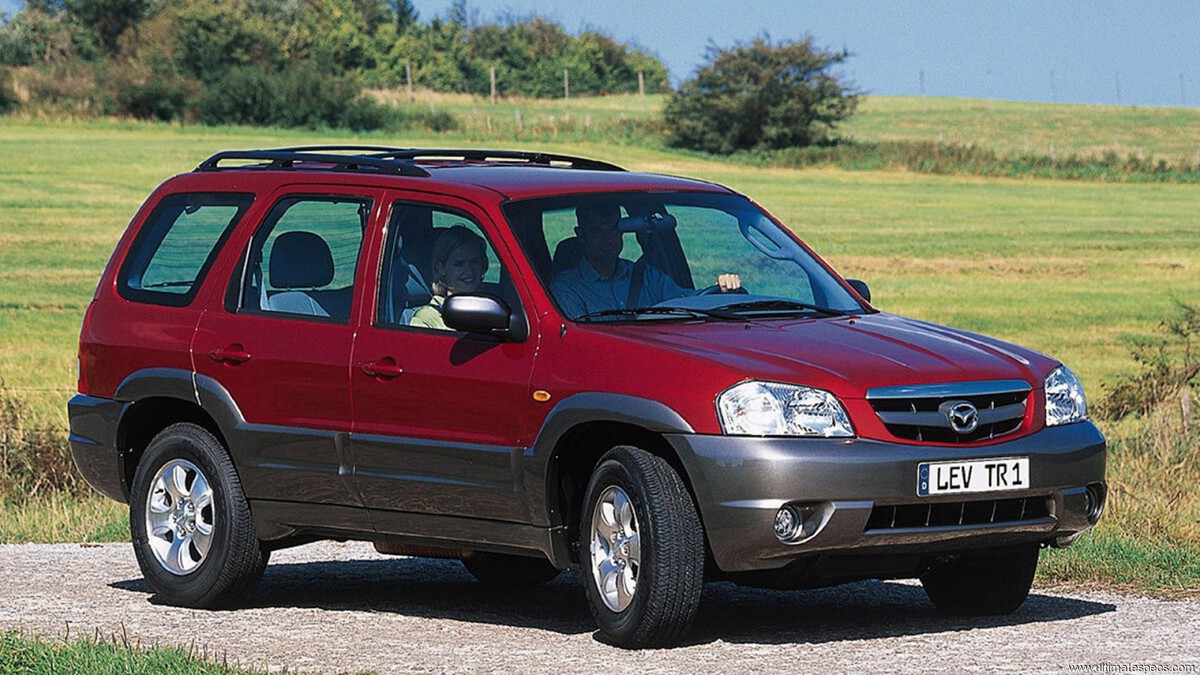
The V6 also suffered from weak head gaskets, leaky valve covers, and throttle body failures. In some cases, these issues combined to cause overheating, low oil pressure, or even total engine failure.
Even routine maintenance became a hassle, with limited engine bay access making simple repairs labor-intensive and costly.
Mazda fans often note that the 4-cylinder Tribute was far more reliable. Unfortunately, the V6 variant became infamous for early mechanical problems and expensive repair bills.
Though the Tribute provided SUV utility and decent driving dynamics for its time, the V6 engine’s recurring failures made it a poor long-term investment. For buyers looking at older compact SUVs, the Tribute V6 is one of the least reliable choices from Mazda’s portfolio.
4. Mazda 626 V6 (1998–2002) – A Misstep in the Midsize Segment
The Mazda 626 V6 from the late ’90s to early 2000s promised a balance of sporty driving and practicality, but under the hood, it often fell short. The 2.5L V6 engine (derived from Ford’s Duratec design) was notoriously unreliable, especially when mated to the weak automatic transmissions of the time.
While the engine itself had potential, it was prone to overheating, coolant leaks, and oil burning. Head gasket failures were common, often leading to costly repairs or engine replacements. Compounding the issue was Mazda’s decision to use a transmission that was too fragile for the V6’s output.
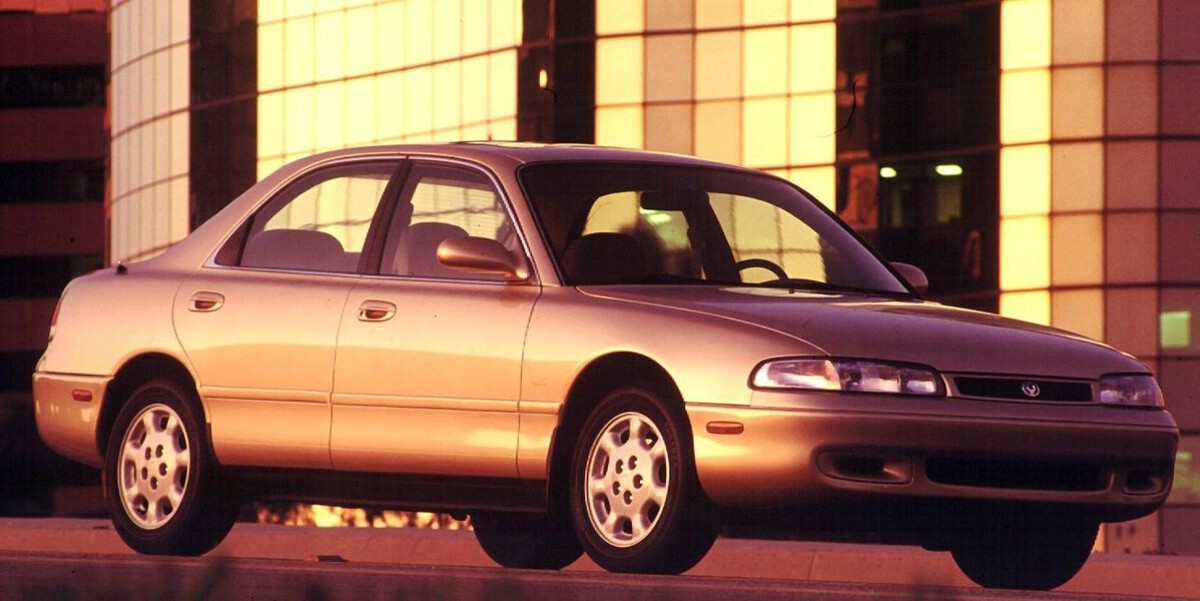
Owners frequently experienced hard shifting, delayed engagement, or complete transmission failure under 100,000 miles—problems that eventually strained the engine and led to early retirement of the vehicle.
Additionally, parts availability became an issue as the model aged, and many mechanics were hesitant to work on the V6 variant due to its tight engine bay and poor component accessibility.
Though the 626 had a loyal following for its handling and design, the V6 engine option became a source of regret for many owners. It’s a prime example of a car with good intentions undermined by poor drivetrain reliability.
5. Mazda Millenia (1995–2002) – Luxury Aspirations, Engine Frustrations
The Mazda Millenia was designed as a premium sedan to rival European brands, and its supercharged 2.3L Miller-cycle V6 engine was a unique selling point. Unfortunately, it also became the car’s Achilles heel.
The Miller-cycle engine, while innovative in concept, was complex, costly to repair, and lacked the durability seen in Mazda’s other naturally aspirated engines. Common issues included oil leaks, timing belt failures, valve train noise, and, in severe cases, complete supercharger breakdowns.
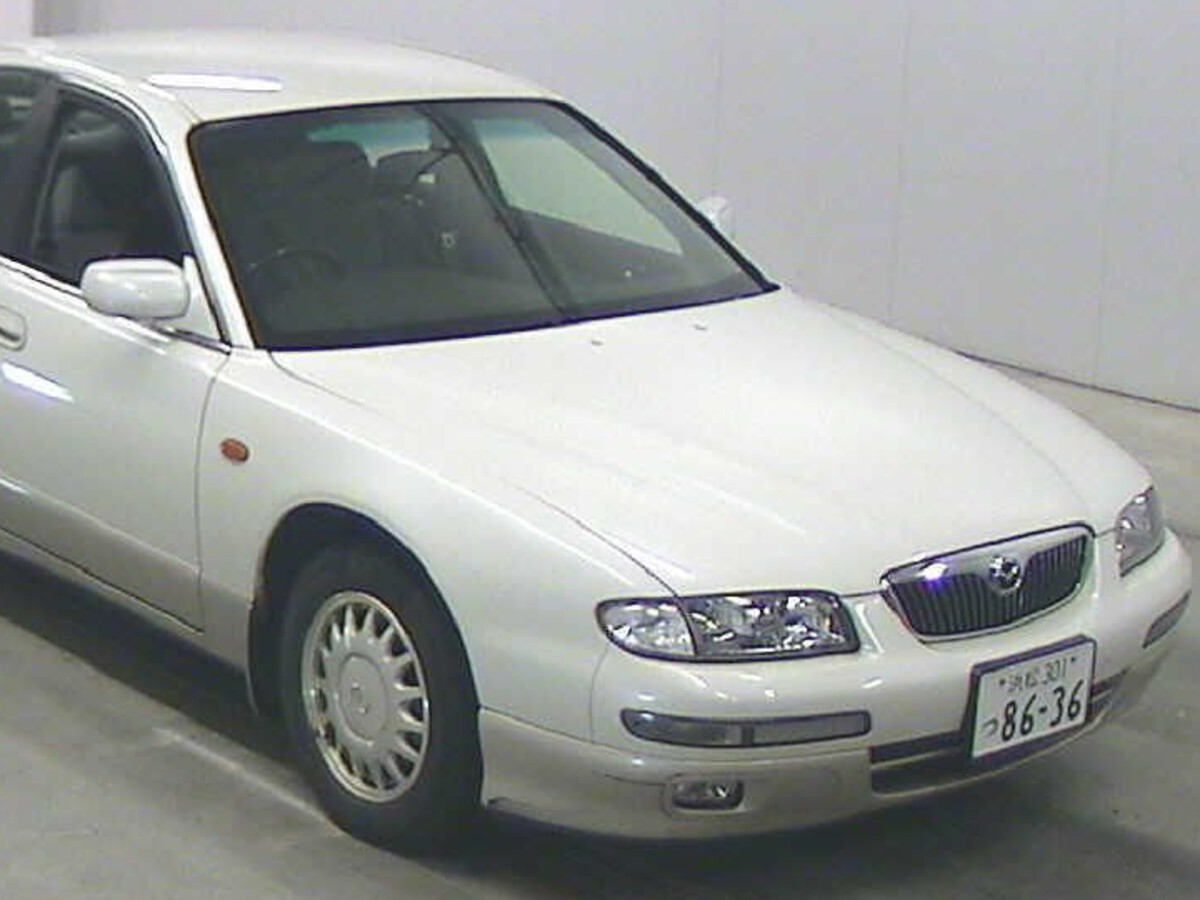
What further doomed the Millenia was that its niche engine required specialized knowledge for maintenance and repair—something many dealerships and independent mechanics lacked. As a result, misdiagnoses and neglected issues often led to premature engine failure.
Even for attentive owners, parts availability became increasingly difficult, and when components did fail, repair costs were significantly higher than comparable engines of the era.
Combine that with lackluster fuel efficiency and the Millenia’s underwhelming performance, and it’s easy to see why it failed to leave a lasting impression.
While the Millenia aimed high, trying to introduce premium features and tech under the Mazda badge, its signature engine didn’t deliver the reliability expected at that price point. Today, it serves as a cautionary tale of overengineering without long-term reliability.
Mazda has built a reputation around creating vehicles that are enjoyable to drive, stylishly designed, and—more often than not—reliable. However, as we’ve seen, not all engines in the brand’s history have been created equal.
While models like the MX-5 Miata, Mazda3, and CX-5 continue to impress owners with their long-term durability and minimal mechanical issues, others like the RX-8, CX-7, and Mazda Millenia highlight the consequences of mechanical complexity and poor long-term reliability planning.
The difference often comes down to simplicity and execution. Naturally aspirated engines with well-thought-out maintenance plans tend to last longer and cost less over time.
Meanwhile, early turbocharged and rotary efforts, while innovative, suffered from reliability problems that affected their longevity and reputation.
If you’re shopping for a used Mazda or just trying to understand which models stand the test of time, this guide offers a clear look at what works—and what doesn’t.
Choose wisely, and a Mazda can be a trusted companion for hundreds of thousands of miles. But if you end up with the wrong model, it could be an expensive and frustrating journey.
Whether for performance, practicality, or peace of mind, knowing your engine’s track record makes all the difference.

